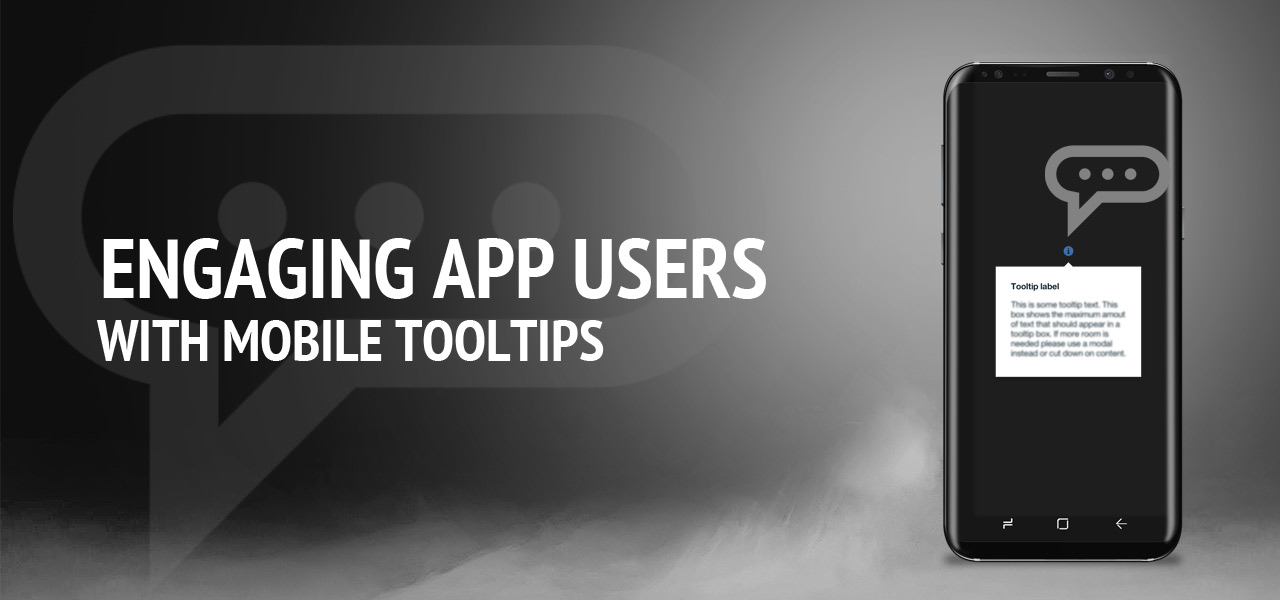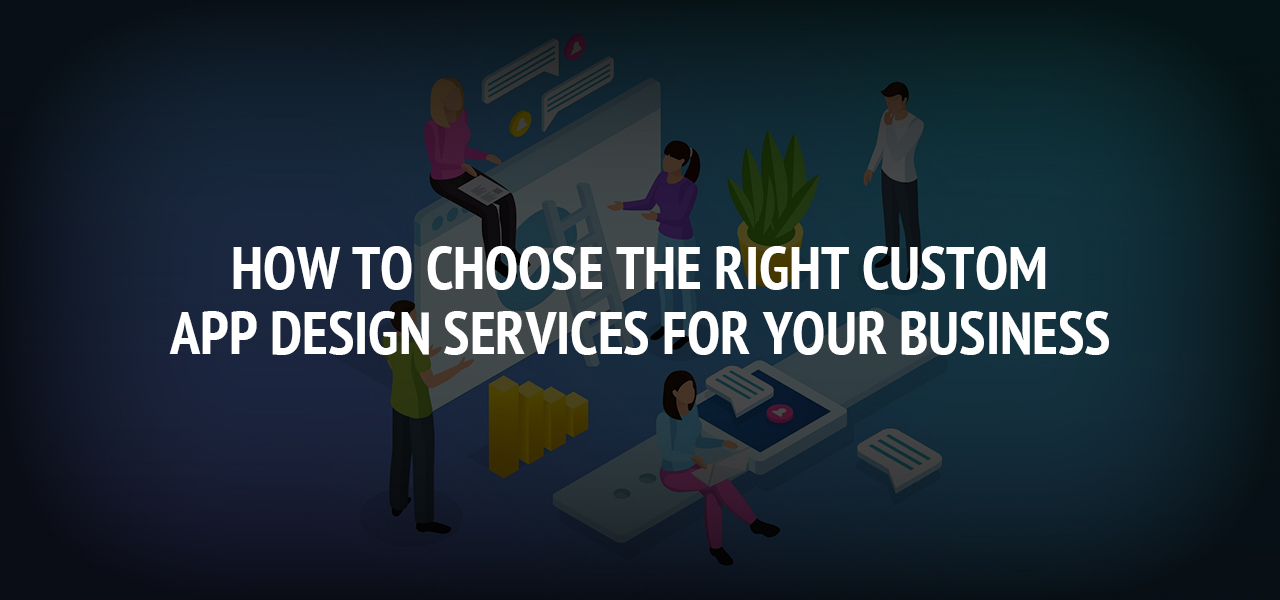Engaging App Users with Mobile Tooltips

We know we are in the app age, with app use accounting for 89 percent of consumer media time, according to Nielsen. But with that kind of app traffic, finding ways to fit your app into the work or entertainment flow can be challenging at best. This is where Mobile Tooltips works to your favor. Encourage user engagement while enabling in-app market research through optimization with this innovative app.
Engagement with App Features
Every single feature within your app has a purpose. You designed it that way. But what happens when app users fail to engage with your app? How do you even know that this is happening? Your research and application of user experience could easily go down the drain. Worse yet, app users won’t understand just how beneficial and user-friendly your app is.
This is where Mobile Tooltips provide a perfect platform for encouraging in-app action. When you create automated mobile tooltips it allows you to grow your app according to your user’s needs.
The right Mobile Tooltips at the right mobile moment.
Individualize Mobile Tooltips
One reason your UX is not panning out and invoking users to access your app features may be because your target user isn’t interested in what you thought they would be. Back to the app drawing board? Not necessary with Mobile Tooltips. Before going to the drawing board you should first test, modify and optimize your tooltips for different, and emerging, audiences and user segments.
Create real-time campaigns that let you target the right tooltip for each user. Then deliver these tooltips at the precise mobile moment when they most need them. In mobile apps, the magic happens when you have the perfect timing and relevancy, and Mobile Tooltips is a blaze maker on that path.
Target Segmented Audiences
Just as your user audience can be a melting pot, so are their user engagements with your app. Specific feature use, shopping cart additions, visited product pages... all of these areas of engagement vary according to the diversity of your user population. However, there are key indicators of how much a shopper will purchase, what time of day they will use your app, which pages will interest them, etc. based on social statistics. You know the stuff--the social demographics, user interest, and geographic location.
With Mobile Tooltips you can create tooltips that target specific segments so to best serve these types of users. Travel apps can use tooltips to introduce maps of airport terminals based on geo location. Retail apps might use a mobile tooltip to track previous item searches and use this to generate ads for like-items to appear on social media platforms.
Pulling It All Together
When you use Mobile Tooltips you also gain invaluable amounts of user data for your app features. You can test different images or audiences with data pulled from tooltips. You can see how long users engage with tooltips or if they instantly close a tip without engaging at all. Using this analytical information you have what it takes to hone a more adaptable app. This only elevates your position for larger marketing goals as you focus on app development and user engagement via a user-centric automated program, such as Mobile Tooltips.
About The Author
Related Blog
View All-
Uncharted Waters: Navigating the World of Digital Libraries and Content Management
Today, we find ourselves exploring uncharted waters, where the depths of knowledge and information seem limitless. Central to this quest is the advent of product recognition AI, a technological phenomenon changing how we interact with digital content. As we begin ...
-
How to Choose the Right Custom App Design Services for Your Business
Introduction In today's digital age, custom mobile applications have become a crucial aspect of running a successful business. They offer a unique opportunity to engage with customers, streamline operations, and increase efficiency. However, designing an effective ...







